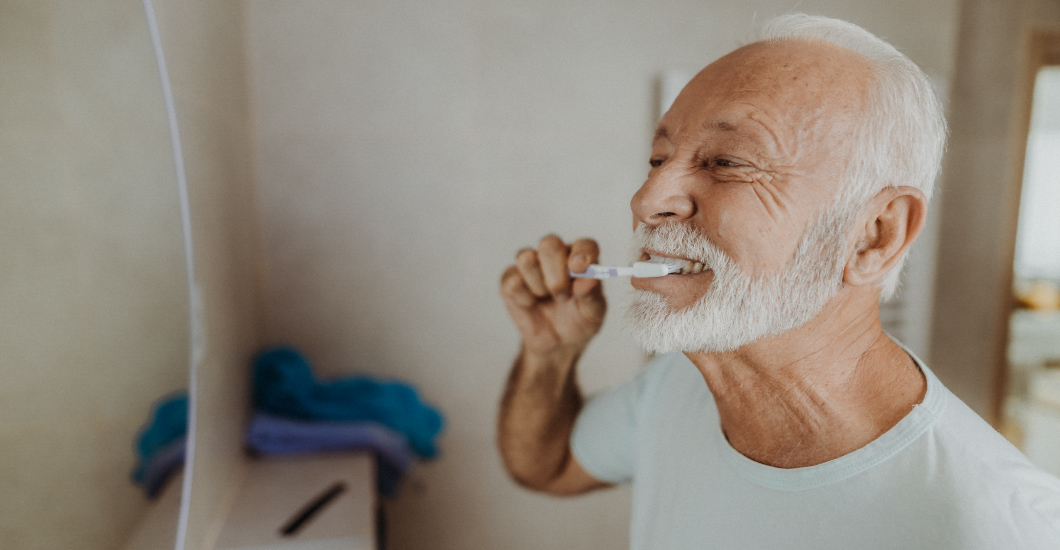An adult typically has between 100,000 and 130,000 hairs that grow on average one centimeter per month. Not all hair grow at the same pace, and the hair life cycle is longer in women than in men. A typical person's healthy head of hair has between 80 and 90% of their hair in a growth phase, technically called the anagen phase; between 1 and 2% is in period of death of the hair follicle or catagen period, which lasts approximately 2 to 3 weeks; and between 8 and 15% of the hair is in a telogen, or falling, period that lasts approximately one hundred days.
Normally, a person loses about 100 hairs per day. A larger amount of hair loss warrants a visit to the dermatologist to try to determine the cause of the hair loss.
Hair falls out for multiple reasons. The most common are androgenetic alopecia (hereditary), hypothyroidism, excessive stress, anxiety, extremely high-calorie diets, pregnancy and postpartum, iron deficiency, and by systemic diseases, among others.
The most common is alopecia due to genetic factors: it affects up to 80% of individuals over 70 years of age, although it can start in the early twenties. Hair loss is usually predominant in the forehead area and the Vertex, or highest part of the head, which is what we commonly know as the crown. Some studies associate alopecia on the vertex with a higher risk of cardiovascular disease. This genetic alopecia affects 22 out of every 100 women over the age of 70.
In androgenetic alopecia, treatment should be permanent, and can be either topical or systemic. The main goal of these treatments is that the hairs stop falling out.
A common type of hair loss is what is called telogen effluvium. These are transient episodes of large amounts of hair loss, which are basically caused by stress, surgery, medications, or childbirth, among others. This type of alopecia is completely reversible, and usually the hair starts to grow again, just as before.
Don't worry if you see a few hairs in your brush or on your pillow every morning; it is perfectly normal to lose around one hundred hairs a day. But, if you notice a loss larger than that amount, and many hairs remain
In your hand when running your hand through your hair, if you see that your hair is thinner, or that every day you are losing more hair than the day before, see a dermatologist, who will let you know about proper treatment and care for your hair. Always remember that an early diagnosis really helps the treatment process.
Myths and Realities
- Washing your hair increases hair loss: false.
- Combing your hair promotes hair loss: false.
- Dying or coloring your hair causes alopecia: false.
- The use of caps, hats, or helmets causes alopecia: false.
- Irons and hairdryers cause hair to fall out from its root: false. The excessive use of these items can damage the hair, allowing it to break more easily.
Hair Care
- Use specialized dermatological products containing Biotin, Laminarghane, anageline, keratins, and amino acids. These components act in a preventive manner. They help strengthen the hair and reduce hair loss.
- Men's hair can be washed daily, and women's hair can be washed two to three times a week or more, if required.



